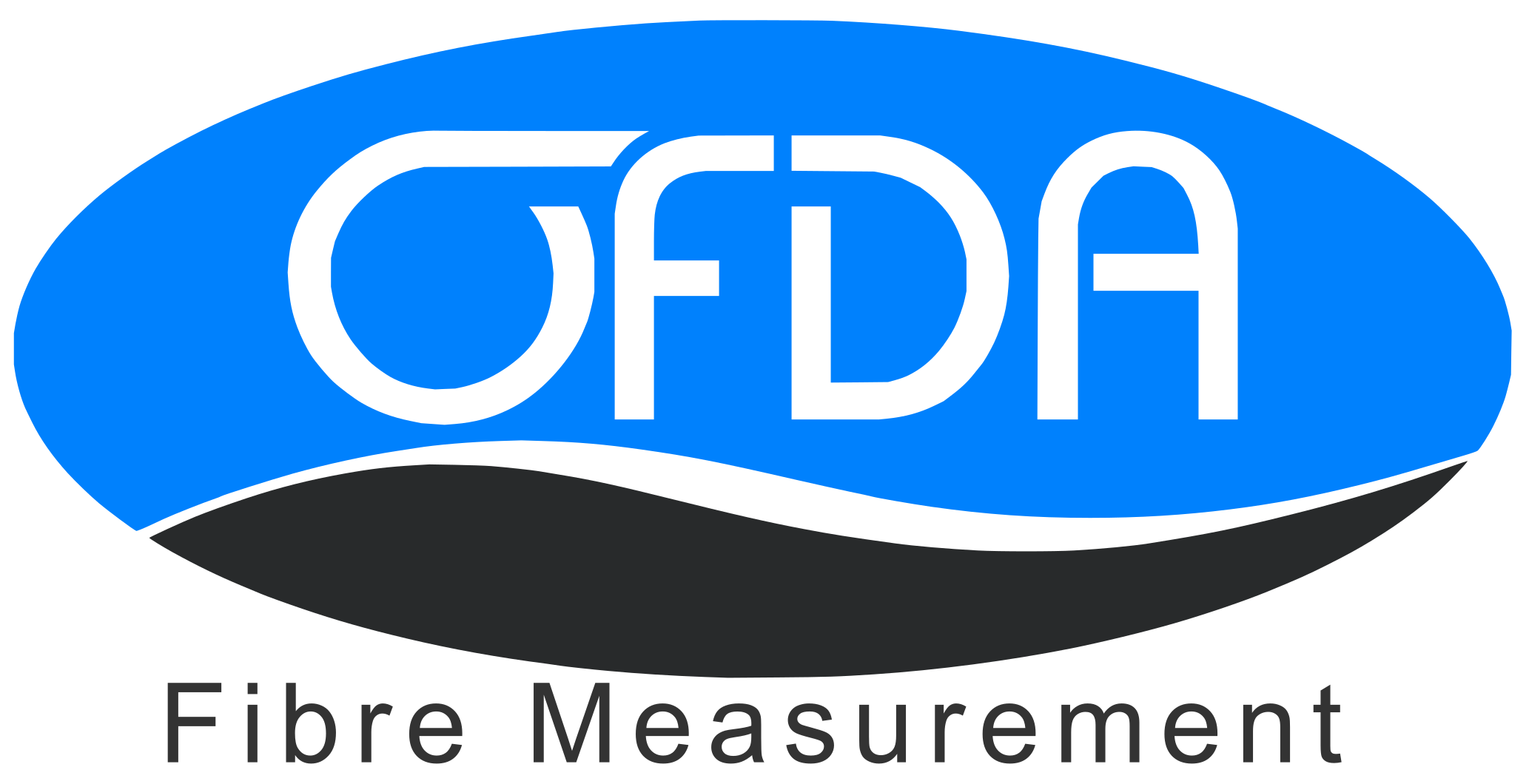What is Wool? A Deep Dive into Nature’s Versatile Fibre
- Thomas Hegerty
- Feb 27
- 3 min read
Wool is one of the most beloved and versatile natural fibres in the world, used for centuries in textiles, fashion, and home furnishings. But what is wool, and why is it such a popular choice for high-quality garments and interiors? In this article, we’ll explore the origins of wool, its remarkable properties, and why it remains a go-to choice for sustainable and luxurious fabrics.
The Origins of Wool: A Natural Wonder
Wool is a natural protein fibre obtained from the fleece of sheep and certain other animals, such as alpacas, goats (cashmere and mohair), and rabbits (angora). It is primarily sourced from sheep breeds such as Merino, which is renowned for its fine and soft wool.
Australia is one of the world’s leading producers of wool, especially Merino wool, which is known for its superior quality, breathability, and softness. The country’s climate and vast pastures make it an ideal environment for sheep farming, ensuring a steady supply of premium wool for the textile industry.
How is Wool Processed? From Fleece to Fabric
The journey of wool from sheep to garment involves several steps:
Shearing: Sheep are carefully shorn once a year, usually in spring, to collect their fleece without harming them.
Scouring: The raw wool is washed to remove natural oils (lanolin), dirt, and debris.
Carding: The cleaned wool is combed to align the fibres and remove any remaining impurities.
Spinning: The fibres are spun into yarn, ready to be woven or knitted into fabric.
Finishing: Wool fabrics undergo treatments such as dyeing, softening, and anti-shrink processing to enhance their properties.
What Makes Wool So Special?
Wool is highly prized for its unique characteristics that make it superior to many synthetic alternatives. Here’s why wool continues to be a staple in the textile industry:
1. Natural Insulation
Wool has excellent thermal properties, keeping you warm in winter and cool in summer. Its ability to trap air makes it an effective insulator, regulating body temperature naturally.
2. Moisture-Wicking and Breathability
Wool can absorb up to 30% of its weight in moisture without feeling damp, making it an excellent choice for activewear and bedding. Its breathability helps prevent overheating and keeps you comfortable all day long.
3. Durability and Elasticity
Wool fibres are naturally elastic, allowing them to stretch without losing shape. This makes wool garments resilient and long-lasting, reducing the need for frequent replacements.
4. Odour Resistance
Thanks to its moisture-wicking properties, wool prevents the buildup of bacteria and odours, making it ideal for outdoor and athletic wear.
5. Fire and Stain Resistance
Unlike synthetic fibres, wool is naturally flame-resistant and self-extinguishing. It is also less prone to staining, as its natural oils repel liquids.
6. Sustainable and Biodegradable
Wool is an eco-friendly fibre that decomposes naturally without polluting the environment. Unlike synthetic fabrics, which contribute to microplastic pollution, wool breaks down into natural elements, enriching the soil.
Common Uses of Wool
Wool’s versatility makes it a valuable material for various applications, including:
Clothing: Sweaters, suits, scarves, socks, and activewear
Home Textiles: Blankets, rugs, upholstery, and curtains
Industrial Applications: Insulation, felting, and soundproofing materials
Luxury Items: High-end fashion, tailored coats, and premium bedding
How OFDA Ensures the Quality of Wool
At Robotic Vision, we are committed to ensuring the highest standards of wool quality. Our cutting-edge technology allows precise measurement of fibre diameter, helping to classify and grade wool efficiently. Here’s how we guarantee premium wool quality:
Advanced Fibre Testing: Our OFDA instruments (OFDA2000 and OFDA4000) measure fibre diameter, length, and crimp, ensuring that only the best wool reaches the market.
Accurate Data Analysis: Our technology provides rapid and reliable data, allowing wool producers to optimise their production and deliver superior products.
Sustainability Support: By providing objective fibre analysis, we help promote sustainable wool production, reducing waste and enhancing efficiency.
We take pride in ensuring that wool remains a premium natural fibre, trusted by industries worldwide for its exceptional quality and performance.
Why Wool is the Future of Sustainable Textiles
As the world moves towards eco-friendly fashion and home textiles, wool is gaining more recognition for its sustainable and ethical advantages. Since it is renewable, biodegradable, and durable, wool aligns with the principles of slow fashion, reducing waste and promoting mindful consumption.
By choosing wool products, consumers can invest in high-quality, sustainable textiles that offer comfort, longevity, and environmental benefits.
Unlock the Full Potential of Wool with Robotic Vision
Ensure your wool meets the highest standards with our advanced fibre analysis solutions. At Robotic Vision, we provide precise, industry-leading technology to enhance wool quality, sustainability, and performance. Partner with us to shape the future of natural fibres.





Comments